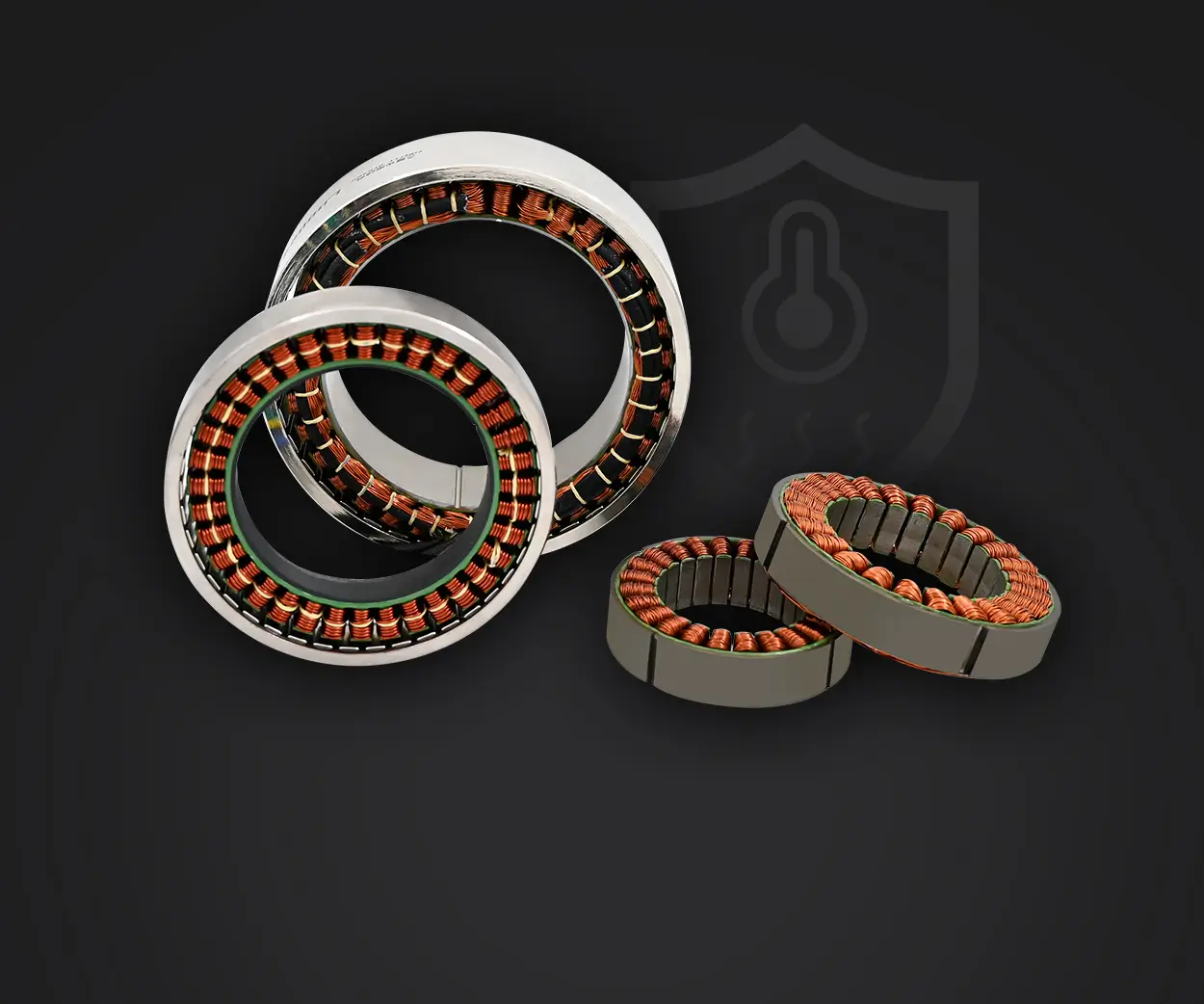Ever played around with Arduino and thought, “How hard can it be to get a servo motor moving?” Yeah, it’s pretty approachable, but if you’re diving into programming servos, you’ll quickly notice there’s more to it than just plugging in and hitting run. The magic really happens when you understand how to tell that tiny motor exactly where to go, bit by bit. That’s where some tips and tricks can make all the difference.

Imagine you’re trying to create a little robotic arm. You want it to pick up stuff, move smoothly, stop precisely where you told it to. Programming a servo motor on Arduino isn’t about complex math; it’s about sending the right signals, at the right time, with a pinch of finesse. The core idea is simple: tell the servo to rotate to a specific angle. But how? Using some straightforward functions and a bit of code, you can make that happen easily.
The key lies in understanding the PWM—pulse-width modulation—technique Arduino uses for servo control. Think of it as a way to communicate with the servo, telling it how much to turn. Instead of writing a long, complicated code, you start with a library—Servo.h, which simplifies things like a charm. Just include it, create a servo object, and then call the attach method. After that, setting positions is a matter of writing an angle from 0 to 180 degrees.
Here's a quick mental image: you’re telling the servo, "Hey, rotate to position 90," and it does just that. Changing angles isn’t tricky once you grasp the concept. Want it to oscillate back and forth? Loop your commands with some delay in between, and voilà, that tiny motor becomes a dancer.
Now, a question often pops up: “How do I make my servo move smoothly, without jittering?” It’s about timing and power. Using small incremental steps, rather than jumping straight to the final position, gives that fluid motion. Think of it like easing into a dance move instead of rushing the step.
One thing that surprises many folks: you don’t need fancy parts. A standard servo from KPOWER works just fine as long as it fits your project specifications. It’s robust, reliable, and responds well when you feed it the right signals.
Ever wondered if you can automate the movement? Absolutely! Pair your servo with sensors—like a potentiometer for feedback or a distance sensor—and suddenly, your project can react dynamically. That’s where programming gets creative. You could have your servo adjust based on light levels or obstacle proximity.
Thinking about practical applications, imagine creating a camera gimbal or an automated window opener. The possibilities are endless. It’s about slicing through the complexity and focusing on what you want your setup to achieve.
Want to get hands-on? Start small. Write a simple program that makes the servo rotate 0 to 180 degrees, then back. Feel the satisfaction? That’s what drives more ambitious projects. Once you get the hang of it, you’ll find controlling servos becomes a second nature, almost like whispering commands to a pet.
In the end, programming servos on Arduino isn’t just about code; it’s about unlocking a world of robotic potential. With some patience and experimentation, you’ll be surprised how quickly you progress. The real fun? Seeing your creation move exactly how you envisioned. Once you unlock that, the rest becomes a matter of imagination and a bit of tinkering.
Established in 2005, Kpower has been dedicated to a professional compact motion unit manufacturer, headquartered in Dongguan, Guangdong Province, China. Leveraging innovations in modular drive technology, Kpower integrates high-performance motors, precision reducers, and multi-protocol control systems to provide efficient and customized smart drive system solutions. Kpower has delivered professional drive system solutions to over 500 enterprise clients globally with products covering various fields such as Smart Home Systems, Automatic Electronics, Robotics, Precision Agriculture, Drones, and Industrial Automation.




































